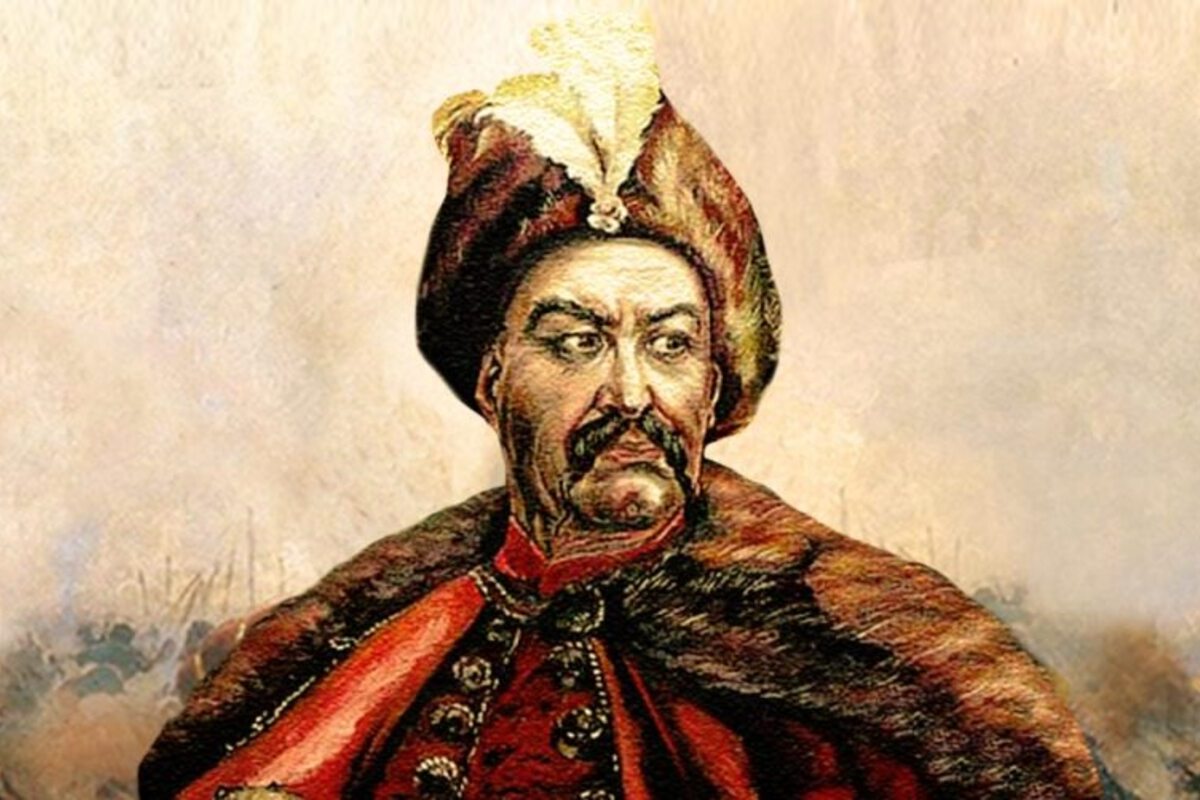Bohdan Khmelnytsky is one of the most prominent figures in Ukrainian history, known as a symbol of the struggle for freedom and statehood. His name is closely associated with the great Cossack uprising that reshaped the political landscape of Eastern Europe in the 17th century. Khmelnytsky proved to be not only a talented military leader but also a skilled diplomat and state-builder. The following interesting facts about Bohdan Khmelnytsky offer deeper insight into his legacy and his impact on Ukrainian identity.
- The exact date of Bohdan Khmelnytsky’s birth remains unknown. Historians estimate that he was born between 1595 and 1597 into a family of Ukrainian nobility.
- He received a solid education, studying at a Jesuit college in Lviv and likely later at the Zamość Academy. His fluency in Latin, Polish, Turkish, and Ukrainian helped him communicate effectively in diplomatic affairs.
- In his youth, Khmelnytsky was captured by the Ottomans and spent several years in captivity. This period hardened his character and gave him valuable military experience.
- In January 1648, Khmelnytsky took control of the Zaporizhian Sich and launched an uprising against the Polish nobility. The rebellion quickly evolved into a large-scale national liberation war.
- He skillfully formed temporary alliances, including with the Crimean Khanate. This strategy helped secure early victories, such as the battles of Zhovti Vody and Korsun.
- In September 1648, he won a decisive victory at the Battle of Pyliavtsi, greatly boosting his reputation. The Polish nobility fled en masse from many Ukrainian territories afterward.
- In December 1648, Khmelnytsky entered Kyiv in triumph, welcomed by the people as a “people’s avenger” and “liberator of Rus.” This moment marked a symbolic beginning of a new era.
- In 1649, the Treaty of Zboriv was signed, granting autonomy to the Zaporizhian Host within the Polish–Lithuanian Commonwealth. However, the agreement quickly fell apart as fighting resumed.
- One of the toughest battles took place in 1651 at Berestechko, where the Cossack forces were defeated. Despite the loss, Khmelnytsky preserved his army and continued his campaign.
- In 1654, the famous Pereiaslav Council was held, where an alliance with the Tsardom of Moscow was agreed upon. While intended to bring military aid, it later led to a gradual loss of Ukrainian independence.
- Initially, Khmelnytsky did not aim to completely break with Poland. His primary goals were to restore Cossack rights and protect the Orthodox faith from oppression.
- He actively worked to create an independent Ukrainian state with its own administrative system, army, and foreign policy. He introduced a judiciary and tax system in the territories under his control.
- His diplomatic efforts extended to the Ottoman Empire, Sweden, Wallachia, Transylvania, and other powers. This reflects his vision of integrating the Hetmanate into the broader European political scene.
- Khmelnytsky held the title of Hetman of the Zaporizhian Host and functioned as the de facto head of a new state, sometimes referred to as the Ruthenian State. His leadership bore monarchical characteristics, though he was officially an elected leader.
- He had several children, including Yurii Khmelnytsky, who became Hetman after Bohdan’s death. However, Yurii failed to maintain control, and the period of political chaos known as the Ruin soon followed.
- Bohdan Khmelnytsky died in August 1657 in Chyhyryn. His burial site is not definitively known, though many believe he was interred in the Church of St. Elijah in Subotiv.
- In the Ukrainian national memory, Khmelnytsky remains a complex yet monumental figure. He is remembered both as a hero of liberation and as a politician faced with difficult choices.
- In the 19th and 20th centuries, his image became a symbol of Ukrainian national revival. Cities, streets, schools, and universities bear his name, and many monuments have been erected in his honor.
- The National Bank of Ukraine features Bohdan Khmelnytsky on the 5-hryvnia banknote. This highlights his importance as a figure of nationwide historical significance.
These fascinating facts about Bohdan Khmelnytsky reveal his crucial role in shaping Ukrainian statehood. His life and actions marked a turning point in the nation’s history as it pursued freedom and dignity. You may not have known, but Khmelnytsky laid the foundations of a new political reality in Ukraine. His legacy continues to inspire efforts to preserve national identity today.





